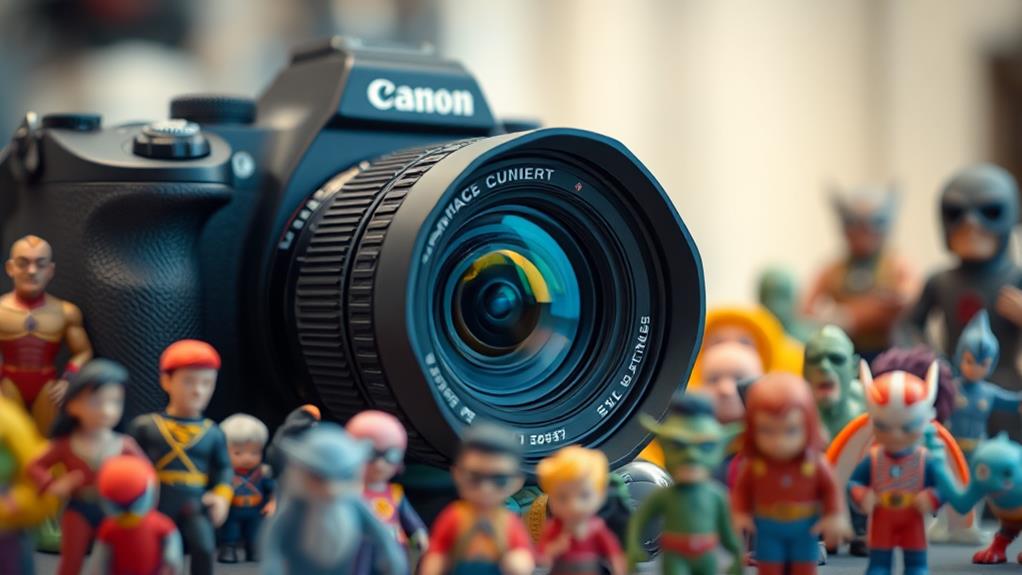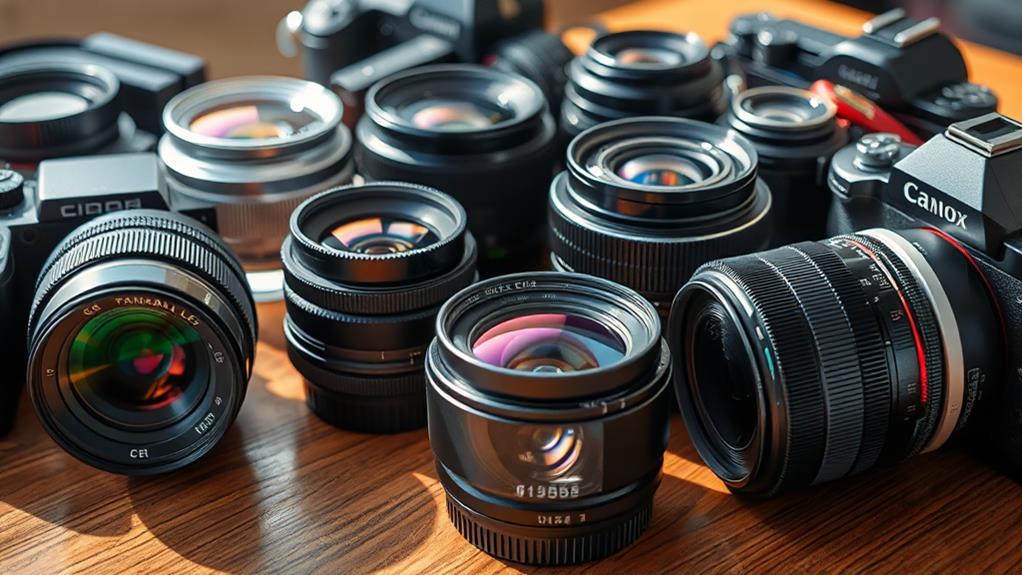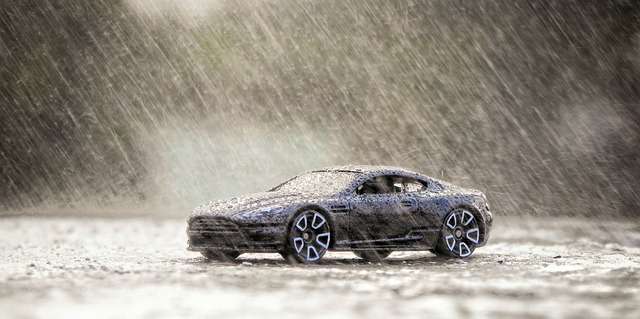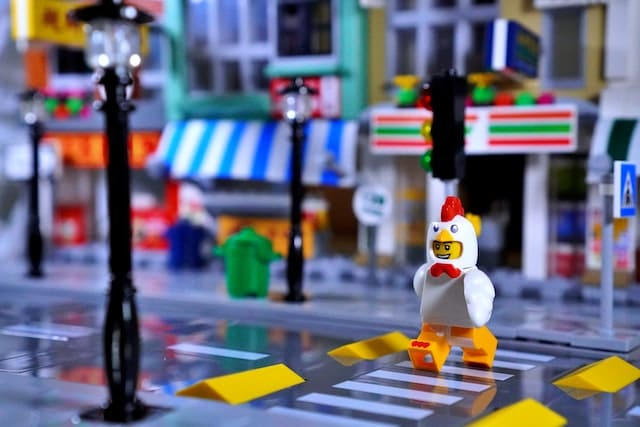When choosing a lens for figurine detail shots, opt for a macro lens to capture intricate details with stunning clarity. Go for a focal length around 100mm for true macro capabilities and take into account 50mm for versatility. Use a smaller aperture to enhance depth of field, guaranteeing sharp focus across the figurine, while wider apertures emphasize specific details. Image stabilization is vital for reducing camera shake, especially in low light. Confirm lens compatibility with your camera's mount and sensor size. Brands like Canon, Nikon, and Sony offer excellent options. There's much more to reflect on for the perfect figurine shot.
Understanding Macro Lens Basics
A macro lens is your ticket to capturing the intricate details of your figurines with striking clarity. It allows you to get up close and personal with your subject, revealing textures and features that might otherwise go unnoticed. When you use a macro lens, you're able to focus on tiny details, like the subtle brush strokes of paint or the delicate carvings on your figurine. This lens type is specifically designed to handle short focusing distances, enabling you to fill the frame with even the smallest components of your subject.
Understanding how a macro lens functions will help you utilize it effectively. These lenses typically offer a 1:1 magnification ratio, meaning the size of the subject in your photo will be the same as in real life. This is essential for capturing life-sized images of small objects. You'll also notice that macro lenses have a narrower depth of field, so you need to be precise with your focus. Practice adjusting your aperture settings to find the right balance between sharpness and background blur. By mastering these basics, you'll be well-equipped to bring your figurine photography to life with stunning detail.
Key Features for Figurine Photography
When capturing the essence of your figurines, focusing on key features will enhance the overall impact of your photography. Start with lighting, which can dramatically affect the mood and detail of your shots. Soft, diffused lighting minimizes shadows and highlights intricate details without harsh contrasts. You can use natural light or a lightbox to achieve this effect.
Next, pay attention to the background. A clean, simple backdrop guarantees your figurine remains the focal point. Neutral colors like white or gray work well, but you can also experiment with complementary colors for a more dynamic look.
Depth of field is another vital element. A shallow depth of field blurs the background, drawing attention to your figurine's details. Adjust your camera's aperture setting to create this effect. A lower f-stop number will give you that coveted blur.
Popular Macro Lens Options

Capturing the intricate details of your figurines hinges not only on lighting and composition but also on the right lens choice. When it comes to macro photography, several lenses stand out for their ability to bring tiny details into sharp focus. The Canon EF 100mm f/2.8L IS USM Macro lens, for example, is a favorite among enthusiasts for its superb optical quality and image stabilization, which is particularly helpful if you're shooting handheld.
If you’re using a Nikon camera, the Nikon AF-S VR Micro-NIKKOR 105mm f/2. 8G IF-ED is an excellent choice. With its vibration reduction and fast autofocus, it captures crisp images of even the tiniest figurine features. For Sony users, the Sony FE 90mm f/2. 8 Macro G OSS lens shines with its smooth bokeh and outstanding sharpness. Both lenses are well-regarded among photographers for their exceptional quality and versatility, making them ideal for macro photography. To keep your equipment in top condition, don’t forget to invest in the best lens cleaning gear essentials, which will help you maintain clear optics and prevent dust from affecting your shots. Regularly cleaning your lenses ensures that you continue to achieve striking results, no matter the subject you are capturing.
Don't overlook the Tamron SP 90mm f/2.8 Di VC USD Macro lens, compatible with multiple mounts. It offers vibration compensation and a moisture-resistant build, making it versatile for different settings. Finally, if you're budget-conscious, the Sigma 105mm f/2.8 EX DG OS HSM Macro lens delivers great performance without breaking the bank.
Choosing the Right Focal Length
Selecting the right focal length is essential for capturing the true essence of your figurines. A lens's focal length determines how much of the scene you can capture and the level of detail you can highlight. For figurine photography, you typically want a macro lens that offers a close focusing distance, allowing you to get up close and personal with your subject. The choice of focal length influences the perspective and depth of field, directly impacting how your figurines appear in the frame.
Here's a simple table to help you understand the different focal lengths and their benefits:
| Focal Length | Characteristics | Best for |
|---|---|---|
| 50mm | Standard view, versatile | Small to medium figurines |
| 85mm | Slight compression, flattering | Detailed headshots |
| 100mm | True macro, sharp details | Close-up detail shots |
| 135mm | More compression, isolation | Isolating features |
| 180mm | Extreme macro, narrow field | Super tiny details |
When you're ready to pick a focal length, consider the size of your figurines and the detail you wish to capture. Shorter focal lengths are great for versatility and capturing larger scenes, while longer ones excel at highlighting intricate details by isolating your subject from the background.
Aperture Considerations for Detail

Diving into the world of apertures, you'll find that choosing the right one can greatly enhance the level of detail in your figurine shots. Aperture, which controls the amount of light entering your camera, also affects depth of field—the range of focus in your image. For figurines, a smaller aperture (higher f-stop number) like f/11 or f/16 gives you a deeper depth of field, ensuring more of your subject is in sharp focus. This is particularly useful for capturing intricate details, like the texture of clothing or the expression on a face.
Using a wider aperture (lower f-stop number) like f/2.8 can isolate specific features, drawing attention to a particular part of the figurine while softly blurring the background. It's perfect for creating artistic shots where you want the viewer to focus on specific details. However, wider apertures can sometimes result in less overall sharpness, so balance is key.
Experimenting with different apertures helps you discover what best highlights your figurine's unique characteristics. Remember, the right aperture setting depends on your creative vision and the specific details you want to emphasize. So, don't hesitate to adjust and see what works best.
Importance of Image Stabilization
When you're photographing figurines, image stabilization can be a game-changer for achieving sharp, detailed shots. Even the slightest hand movement can blur your image, especially when you're shooting up close. Image stabilization helps counteract this by reducing the impact of camera shake. With stabilized lenses, you can shoot at slower shutter speeds without sacrificing clarity, capturing every little detail of your figurine's design.
You might think a tripod will always solve the problem, but that's not always practical. Sometimes, you're in a cramped space or want to quickly change angles. In these situations, handheld shooting becomes necessary, and that's where image stabilization excels. It gives you the flexibility to move around and experiment with different compositions while minimizing the risk of blur.
Moreover, image stabilization is especially useful in low-light conditions. When you can't rely solely on natural light, shooting with slower shutter speeds is often necessary. A stabilized lens allows you to maintain image sharpness without boosting the ISO excessively, which can introduce noise. So, investing in a lens with image stabilization means more creative freedom and consistently sharper images, making it a valuable feature for your figurine photography endeavors.
Lens Compatibility With Cameras

Understanding lens compatibility with your camera is essential for achieving the best results in figurine photography. When selecting a lens, you need to verify it fits your camera's mount and supports its features. Compatibility affects everything from image quality to the ease of use. To help guide your selection, consider the following points:
- Camera Mount Type: Check if your camera uses an EF, F, or E-mount, or any other specific type. Lenses are generally designed for particular mounts, so verify your lens matches your camera's mount.
- Sensor Size: Determine whether your camera has a full-frame, APS-C, or micro four-thirds sensor. Lenses are often optimized for specific sensor sizes, influencing aspects like focal length and vignetting.
- Autofocus Compatibility: Verify that the lens supports autofocus features if you rely on them. Some lenses might not support autofocus on certain camera bodies, impacting your workflow.
- Electronic Communication: Some lenses require electronic connections for functionalities like image stabilization and aperture control. Confirm that the lens can communicate with your camera for full feature access.
Budget-Friendly Macro Lens Choices
If you're looking to capture the intricate details of your figurines without breaking the bank, budget-friendly macro lenses offer a perfect solution. You don't need to invest in the most expensive equipment to achieve stunning shots. Instead, consider lenses like the Canon EF-S 35mm f/2.8 Macro IS STM or the Nikon AF-S DX Micro NIKKOR 40mm f/2.8G. These options provide sharp images and excellent focusing capabilities at a fraction of the cost of high-end alternatives.
Nikon users should look at the Tamron AF 90mm f/2.8 Di SP. It's renowned for its fantastic image quality and affordability. Similarly, Canon enthusiasts can explore the Sigma 70mm f/2.8 DG Macro Art lens, which offers impressive detail and vibrant colors, making it ideal for capturing the essence of your figurines.
If you're using a mirrorless system, don't overlook the Sony FE 50mm f/2.8 Macro lens or the Olympus M.Zuiko Digital ED 30mm f/3.5 Macro. Both provide excellent performance and are kind to your wallet. Remember, finding a lens that suits your specific camera and shooting style will enhance your photography experience without emptying your savings.
Frequently Asked Questions
How Do Lighting Conditions Affect Figurine Detail Shots?
Lighting conditions play an essential role in capturing figurine details. You need to control shadows and highlights to enhance textures and colors. Adjust your setup to avoid glare and guarantee even illumination for the best results.
What Are the Best Camera Settings for Capturing Figurine Details?
For capturing figurine details, you should use a low ISO to reduce noise, set a small aperture for greater depth of field, and choose a slower shutter speed to allow more light. Use a tripod for stability.
Can Smartphone Lenses Be Used for Figurine Photography?
Yes, you can use smartphone lenses for figurine photography. Make certain your phone's camera has a macro mode or attach a clip-on lens. This helps capture intricate details, making your figurines' features stand out beautifully.
How Do I Prevent Reflections When Photographing Shiny Figurines?
You've probably heard that diffused lighting reduces reflections. Test this by using a lightbox or softbox. Adjust angles and use polarizing filters to minimize glare. Experiment with different setups until reflections are under control.
What Post-Processing Techniques Enhance Figurine Detail Shots?
You can enhance figurine detail shots by using sharpening tools, adjusting contrast, and applying noise reduction. Play with highlights and shadows to bring out textures. Don't forget to use a soft brush for selective area enhancements.
At a Glance
You've commenced a quest to capture the universe of details in your figurines, and the right macro lens is your magic wand. By understanding focal lengths, aperture settings, and image stabilization, you'll transform ordinary shots into breathtaking masterpieces. Remember, with the perfect lens, even the tiniest detail will leap off the photo like it's alive! Immerse yourself in your options, consider your camera compatibility, and find a budget-friendly choice that doesn't compromise on quality. Your figurines deserve this spotlight!





